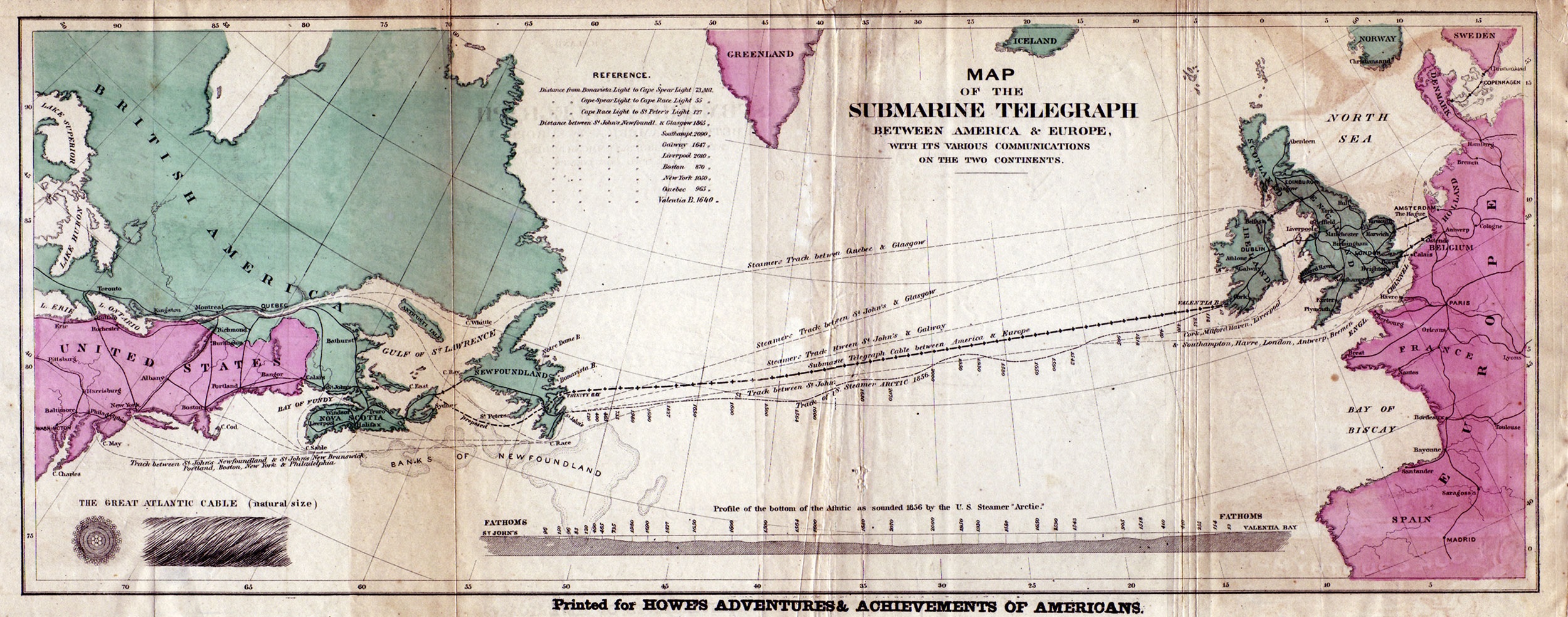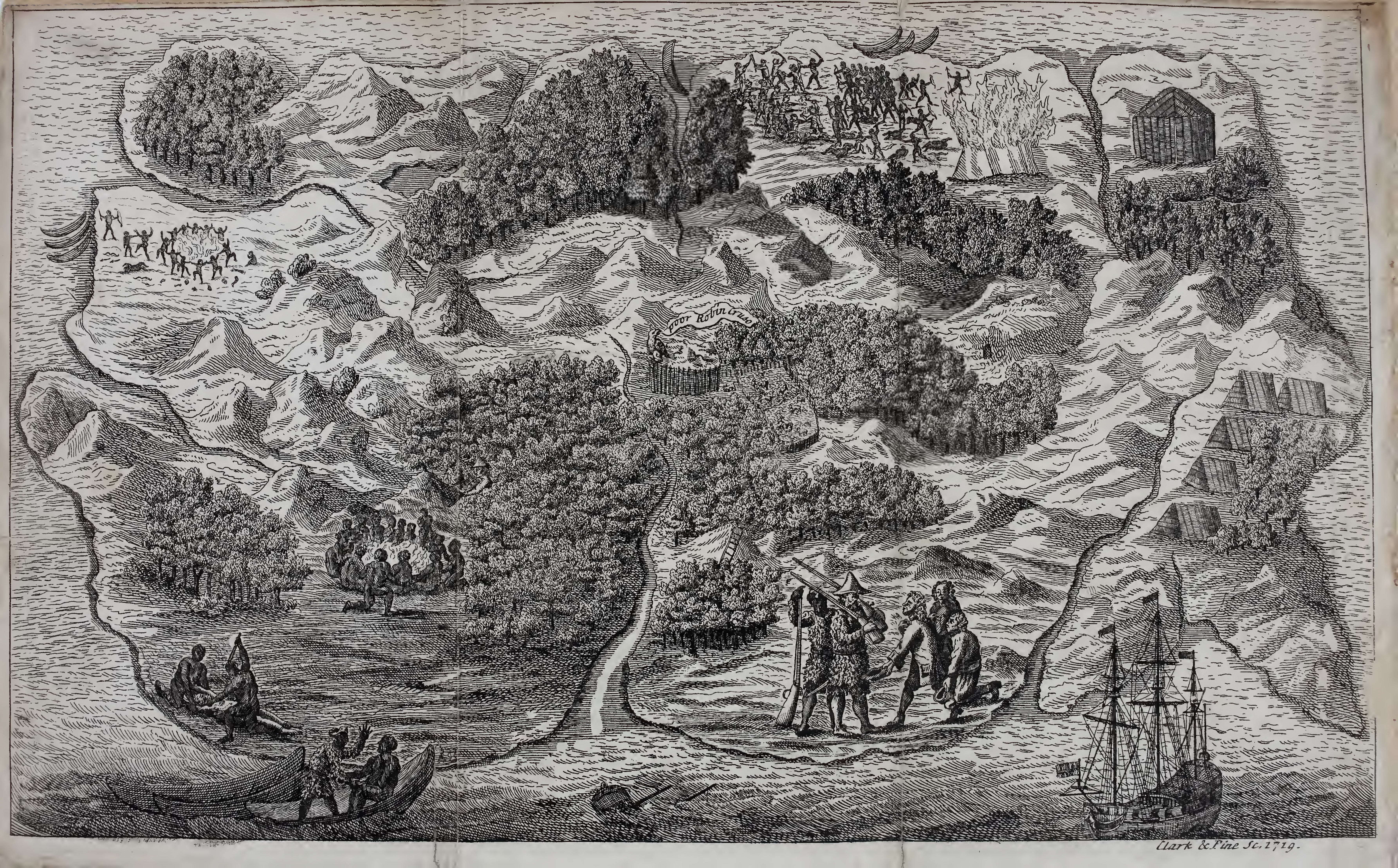|
Gerda Tirén
Gerda Maria Tirén, née Rydberg (11 January 1858, Stockholm - 9 October 1928, Länna Parish, Uppland) was a Swedish painter and illustrator. She did landscapes from France and Sweden, children's portraits, and Genre art, genre scenes. Her illustrations were often featured in the magazine (Santa Claus). Biography Her father, Carl Henrik Rydberg (1820-1902) was a writer and journalist. Her mother, Emma (1820-1899), was the granddaughter of portrait painter and sculptor Jonas Forsslund. She studied at the Konstfack, Technical School in Stockholm and at the Royal Swedish Academy of Fine Arts. Thanks to a scholarship, she was able to study in Paris and at the artists' colony in Grez-sur-Loing. In 1884, she married the painter, Johan Tirén, who she had met in Paris; most likely at a private art academy operated by Edvard Perséus. They had four children: Nils Tirén, Nils and Stina Tirén, Stina, who also became artists, Karin (1887-1951) and Elisabet (1890-1937). Johan's younge ... [...More Info...] [...Related Items...] OR: [Wikipedia] [Google] [Baidu] |
Salon (Paris)
The Salon (), or rarely Paris Salon (French: ''Salon de Paris'' ), beginning in 1667 was the official art exhibition of the in Paris. Between 1748 and 1890 it was arguably the greatest annual or biennial art event in the Western world. At the Salon of 1761, thirty-three painters, nine sculptors, and eleven engravers contributed. Levey, Michael. (1993) ''Painting and sculpture in France 1700–1789''. New Haven: Yale University Press, p. 3. From 1881 onward, it was managed by the Société des Artistes Français. Origins In 1667, the royally sanctioned French institution of art patronage, the (a division of the Académie des beaux-arts), held its first semi-public art exhibit at the Salon Carré. The Salon's original focus was the display of the work of recent graduates of the École des Beaux-Arts, which was created by Cardinal Mazarin, chief minister of France, in 1648. Exhibition at the Salon de Paris was essential for any artist to achieve success in France for at l ... [...More Info...] [...Related Items...] OR: [Wikipedia] [Google] [Baidu] |
Swedish Women Painters
Swedish or ' may refer to: Anything from or related to Sweden, a country in Northern Europe. Or, specifically: * Swedish language, a North Germanic language spoken primarily in Sweden and Finland ** Swedish alphabet, the official alphabet used by the Swedish language * Swedish people or Swedes, persons with a Swedish ancestral or ethnic identity ** A national or citizen of Sweden, see demographics of Sweden ** Culture of Sweden * Swedish cuisine See also * * Swedish Church (other) * Swedish Institute (other) * Swedish invasion (other) * Swedish Open (other) Swedish Open is a tennis tournament. Swedish Open may also refer to: * Swedish Open (badminton) * Swedish Open (table tennis) * Swedish Open (squash) * Swedish Open (darts) {{disambiguation ... {{disambig Language and nationality disambiguation pages ... [...More Info...] [...Related Items...] OR: [Wikipedia] [Google] [Baidu] |
1928 Deaths
Events January * January – British bacteriologist Frederick Griffith reports the results of Griffith's experiment, indirectly demonstrating that DNA is the genetic material. * January 1 – Eastern Bloc emigration and defection: Boris Bazhanov, Joseph Stalin's personal secretary, crosses the border to Iran to defect from the Soviet Union. * January 17 – The OGPU arrests Leon Trotsky in Moscow; he assumes a status of passive resistance and is exiled with his family. * January 26 – The volcanic island Anak Krakatau appears. February * February – The Ford River Rouge Complex at Dearborn, Michigan, an automobile plant begun in 1917, is completed as the world's largest integrated factory. * February 8 – Scottish-born inventor John Logie Baird broadcasts a transatlantic television signal from London to Hartsdale, New York. * February 11 – February 19, 19 – The 1928 Winter Olympics are held in St. Moritz, Switzerland, the first as a separate event. Sonja Henie of ... [...More Info...] [...Related Items...] OR: [Wikipedia] [Google] [Baidu] |
1858 Births
Events January–March * January 9 ** Revolt of Rajab Ali: British forces finally defeat Rajab Ali Khan of Chittagong. ** Anson Jones, the last president of the Republic of Texas, commits suicide. * January 14 – Orsini affair: Piedmontese revolutionary Felice Orsini and his accomplices fail to assassinate Napoleon III in Paris, but their bombs kill eight and wound 142 people. Because of the involvement of French émigrés living in Britain, there is a brief anti-British feeling in France, but the emperor refuses to support it. * January 25 – The '' Wedding March'' by Felix Mendelssohn becomes a popular wedding recessional, after it is played on this day at the marriage of Queen Victoria's daughter Victoria, Princess Royal, to Prince Friedrich of Prussia in St James's Palace, London. * January ** Benito Juárez becomes the Liberal President of Mexico and its first indigenous president. At the same time, the conservatives installed Félix María Zuloaga as a ... [...More Info...] [...Related Items...] OR: [Wikipedia] [Google] [Baidu] |
Svenskt Konstnärslexikon
The ''Svenskt konstnärslexikon'' is a dictionary of Swedish art and artists that was published in five volumes by Allhems Förlag AB from 1952 to 1967. LIBRIS. Retrieved 4 November 2016. The dictionary includes over 12,000 biographical entries for Swedish artists with detailed bibliographies for each entry. The editors were Gösta Lilja, Bror Olsson, Knut Andersson and S. Artur Svensson, with additional contributions by Johnny Roos ... [...More Info...] [...Related Items...] OR: [Wikipedia] [Google] [Baidu] |
Fritz Reuter
Fritz Reuter (7 November 1810 – 12 July 1874; born as ''Heinrich Ludwig Christian Friedrich Reuter'') was a novelist from Northern Germany who was a prominent contributor to Low German literature. Early life Fritz Reuter was born at Stavenhagen in the Duchy of Mecklenburg-Schwerin, a small country town where his father was mayor and sheriff (''Stadtrichter'') and, in addition to his official duties, carried on the work of a farmer. He was educated at home by private tutors and subsequently at Gymnasien in Mecklenburg-Strelitz and in Parchim. Education and student fraternities On 19 October 1831, Reuter began studying jurisprudence according to his father's wishes in Rostock. There he joined the Corps Vandalia Rostock, who expelled him again a short time later because of "rough behaviour" and " burschenschaft activities". In the winter term of 1831/32 he joined the Rostock Burschenschaft, a student fraternity. Throughout his life, Reuter was friends with Moritz Wiggers ... [...More Info...] [...Related Items...] OR: [Wikipedia] [Google] [Baidu] |
Robinson Crusoe
''Robinson Crusoe'' ( ) is an English adventure novel by Daniel Defoe, first published on 25 April 1719. Written with a combination of Epistolary novel, epistolary, Confessional writing, confessional, and Didacticism, didactic forms, the book follows the title character (born Robinson Kreutznaer) after he is castaway, cast away and spends 28 years on a remote tropical desert island near the coasts of Venezuela and Trinidad, encountering Human cannibalism, cannibals, captives, and mutineers before being rescued. The story has been thought to be based on the life of Alexander Selkirk, a Scottish castaway who lived for four years on a Pacific island called "Más a Tierra" (now part of Chile) which was renamed Robinson Crusoe Island in 1966. Pedro Serrano (sailor), Pedro Serrano is another real-life castaway whose story might have inspired the novel. The first edition credited the work's protagonist Robinson Crusoe as its author, leading many readers to believe he was a real p ... [...More Info...] [...Related Items...] OR: [Wikipedia] [Google] [Baidu] |
Konstnärshuset
Konstnärshuset (literally Artists' House) is a building in central Stockholm, Sweden. It is owned by the Swedish Artists Association (''Svenska konstnärernas förening'') and is used as an art gallery. History Designed by Ludvig Petersen, the building was completed in 1898 and inaugurated on January 7, 1899. The restaurant Konstnärsbaren was restored in 1931, under the design of architect Björn Hedvall (1889-1982). The restaurant consists of a dining room, a bar, and a banqueting hall decorated with wall paintings from the renovation in 1931. Carl Larsson (1853–1919) was the first chairman of the Artists Association which owns the building. The facade overlooking the street is finished in Portland limestone with intricate details, including wall openings, a crowning balustrade, clover-leafed windows and mosaics. The architecture is inspired by Italian and Spanish trends from the 16th century. The interior includes the entrance hall, a staircase and the richly stuccoed exhibi ... [...More Info...] [...Related Items...] OR: [Wikipedia] [Google] [Baidu] |
Liljevalchs Konsthall
Liljevalchs konsthall () is a kunsthalle art venue located on Djurgården island in Stockholm, Sweden. Designed by architect Carl Bergsten (1879–1935) and inaugurated in March 1916, it is today owned by the City of Stockholm. Behind the entrance on the north-western corner is a small vestibule. To the right of the latter is a large sculpture hall leading to two large galleries with skylights intended for paintings, flanked by series of smaller exhibition spaces. The eastern end of the building has a large-scale portico facing a small park surrounded by the large windows of a small restaurant. One of the most appreciated exhibition spaces in Sweden, Liljevalch is renowned for its well-proportioned spaces in a range of sizes and its restaurant . The concrete pillars and beams forming the structural framework of the building are left exposed as pilasters and mouldings in the façade with brick walls and a horizontal row of windows filling the spaces between them. In front ... [...More Info...] [...Related Items...] OR: [Wikipedia] [Google] [Baidu] |
Norrköping Exhibition Of Art And Industry
Norrköping Exhibition of Art and Industry () was an exhibition in Norrköping, Sweden in 1906. At the initiative of the local industrial association ''Norrköpings Fabriksförening och Handtverksförening'' it was decided an art and industrial exhibition should be held in Norrköping between June1September15, 1906. The exhibition was opened by the Gustaf V of Sweden, Crown Prince Gustaf and was mostly held at the area south of the Sylten neighbourhood. The architect Carl Bergsten designed the exhibition's two main buildings the ''Industrihallen'' (industrial hall) that was with places for 630 exhibitors, and the ''Konsthallen'' (art exhibition hall). He also designed the ''Jaktpaviljongen'' (hunting pavilion). Werner Northun designed the ''Maskinhallen'' (engines hall) at a total of , as well as the main restaurant seating 400 people and the ''Thaliatemplet'' theatre (500 folding chairs). Art exhibition The cultural parts of the 1906 exhibition attracted huge attention when ... [...More Info...] [...Related Items...] OR: [Wikipedia] [Google] [Baidu] |





